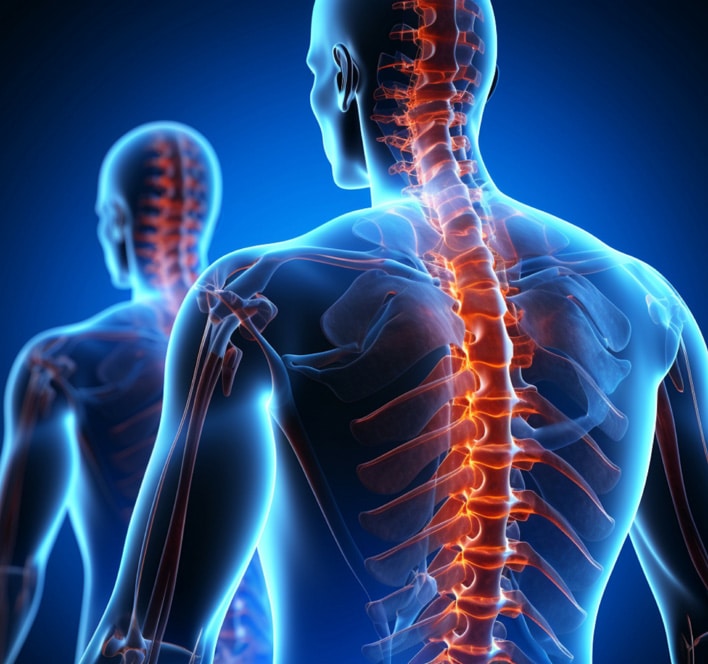Navigating through the realm of spinal deformities, scoliosis emerges as a notable concern. Those grappling with this condition often find themselves amidst an ocean of queries, struggling to figure out how to deal with their symptoms. Two distinct characters in this narrative are idiopathic and congenital scoliosis. Understanding their differences is a gateway to devising a precise roadmap for treatment and management for individual and personalized care.
Here at NJ Spine & Orthopedic, we illuminate the path for those seeking clarity on spinal disorders. A profound understanding of idiopathic and congenital scoliosis is a stepping stone towards a journey of recovery and enhanced quality of life. Our seasoned team of board-certified specialists is dedicated to offering tailored guidance and treatment plans that resonate with your unique circumstances.
Understanding the Core Differences Between Idiopathic and Congenital Scoliosis
The divergence between idiopathic and congenital scoliosis is deeply rooted in their origins and the stage of life they choose to unveil themselves.
Idiopathic scoliosis is known for its elusive origin. Although scientists aren’t sure of its origin, genetic predispositions are often hinted at as substantial contributors. On the other hand, congenital scoliosis means that an individual has this disorder right from birth, with it developing during the embryonic spinal development.
The diagnosis timeline is a crucial player in the narrative of managing scoliosis. Early detection acts as a guiding light, unveiling a spectrum of treatment alternatives. Idiopathic scoliosis often stages its debut during adolescence, while congenital scoliosis is generally diagnosed at birth or shortly thereafter.
Delving Into Idiopathic Scoliosis
Idiopathic scoliosis often silently creeps in during the pre-pubertal growth spurt, initially presenting as a mild curvature which may escalate over time. The treatment compass for idiopathic scoliosis spans from observational tactics to surgical interventions in severe scenarios. The technological benefits housed at NJ Spine & Orthopedic are instrumental in orchestrating effective treatment regimens aimed at stopping or decelerating the curvature progression. This helps mitigate the physical discomfort and limitations tied to it.
The treatment discourse for idiopathic scoliosis is highly personalized, and it is created in accordance with the severity and the curvature’s progression pace. Our minimally invasive surgical ethos at NJ Spine & Orthopedic ensures a rapid recovery trajectory, facilitating a smooth transition back to the rhythm of daily life.
Exploring Congenital Scoliosis
Congenital scoliosis develops during the fetal developmental phase, and it sometimes demands complex surgical interventions to amend the spinal issues. Our adept team at NJ Spine & Orthopedic is proficient in navigating through the intricacies associated with congenital scoliosis, ensuring a structured, empathetic, and effective treatment narrative.
Why Choose NJ Spine & Orthopedic for Your Scoliosis Treatment?
Embarking on a therapeutic journey with NJ Spine & Orthopedic translates to a holistic, patient-centric experience. Our exemplary spine surgeons and other specialists, armed with cutting-edge technology, are staunchly dedicated to delivering optimal outcomes. Our comprehensive concierge services are crafted to cushion your journey through diagnosis, treatment, and recuperation. We are here to help every step of the way.
Our treatment options extend beyond geographical boundaries, welcoming patients from all corners of the world. The NJ Spine & Orthopedic Concierge Team is your ally, meticulously coordinating every aspect of your visit, from travel to accommodation, ensuring a seamless experience. We warmly invite you to reach out and step into a realm of spinal wellness. Engage with us through our contact form or dial (866) 553-0612 to discover how we can be the catalyst in your journey towards a healthy spine.

